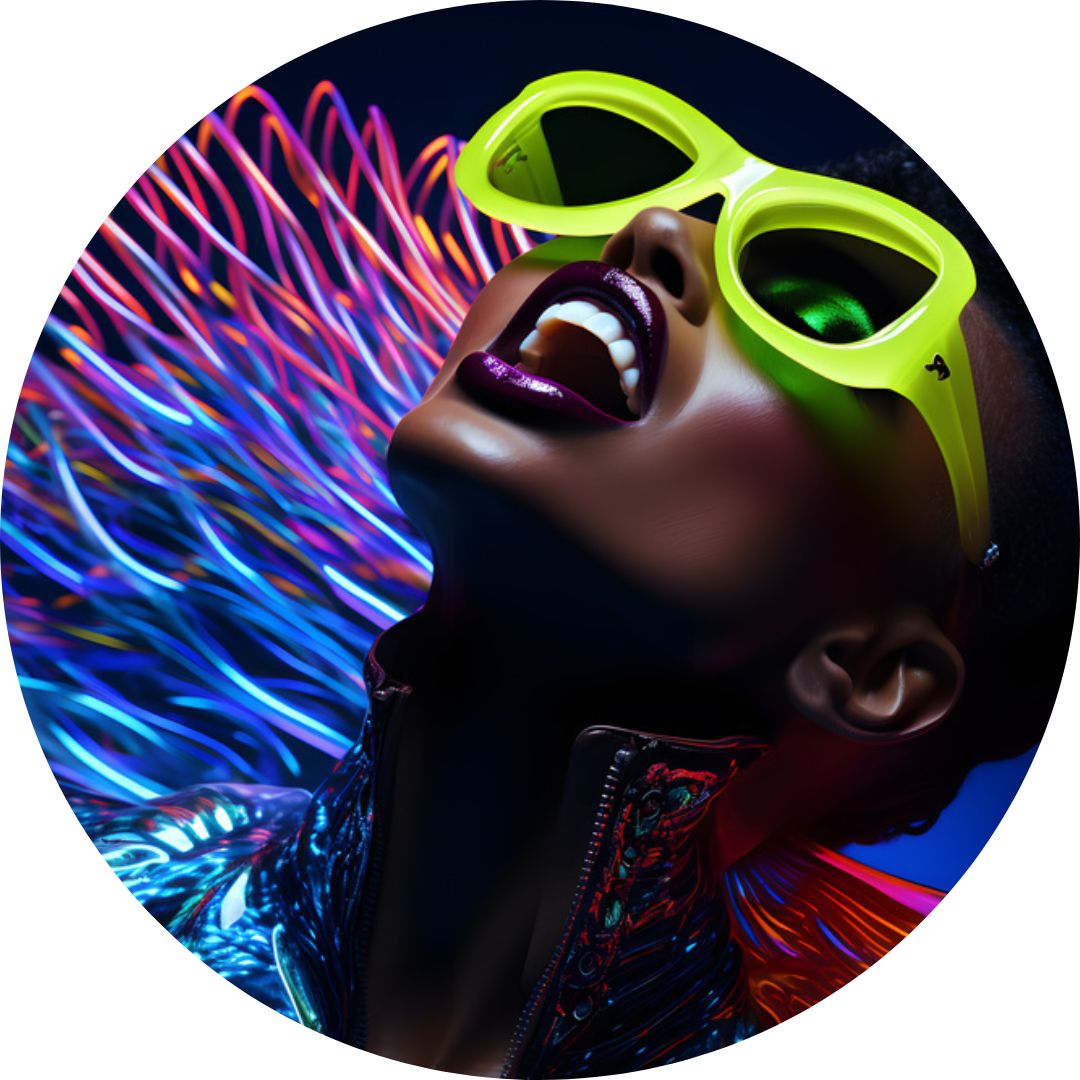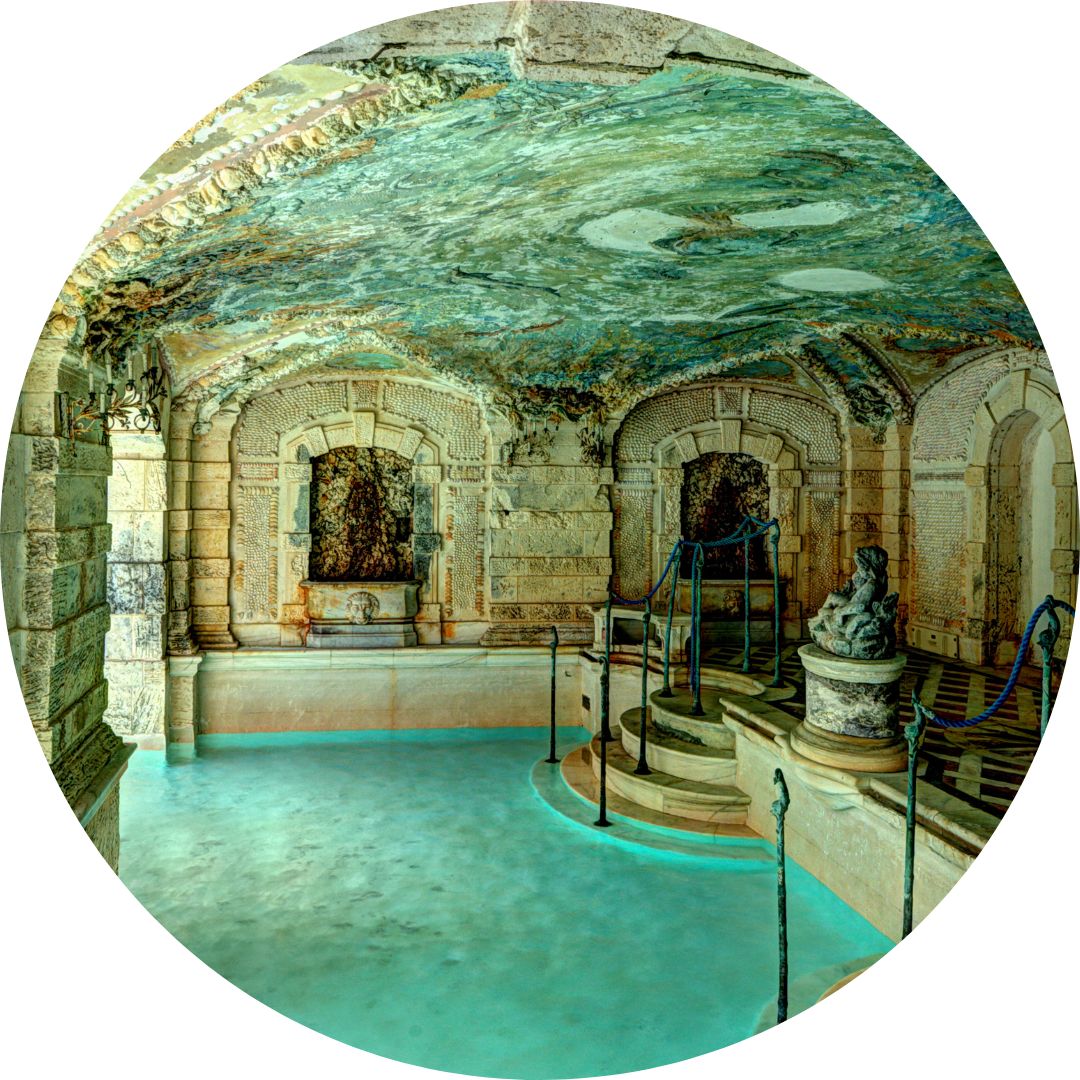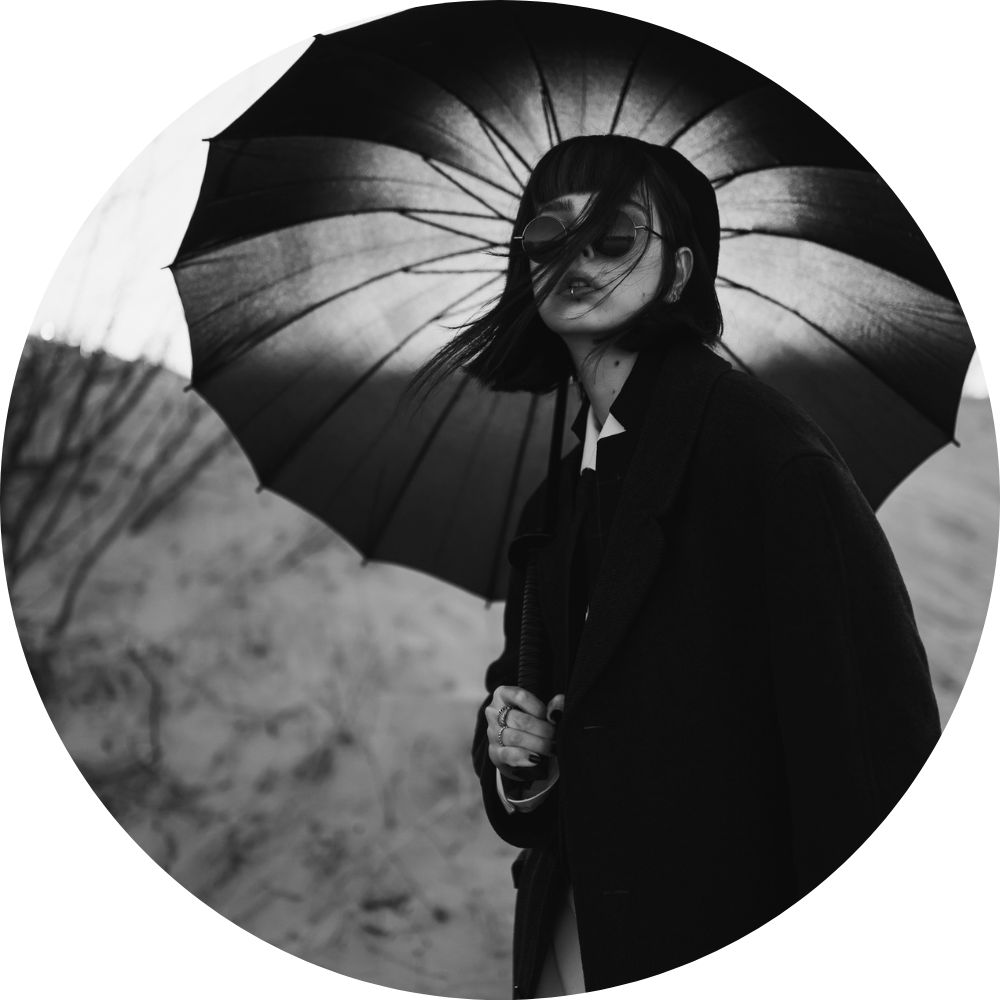The Psychology of Colors: How Fashion Choices Impact Mood

“When in doubt, wear red.”
–Bill Blass-
Introduction
Have you ever wondered why certain colors make you feel happy, while others make you feel calm or even anxious? The answer lies in the fascinating field of color psychology. Among the various factors that influence our fashion decisions, color holds a significant position. Colors have a psychological impact on our emotions and can greatly influence our mood and well-being. Understanding the connection between color psychology and fashion choices can empower individuals to make conscious decisions about their clothing, positively affecting their mental state. In this article, we will explore the intricate relationship between colors and how they impact our psychological well-being.
Photo credit: Oksana – stock.adobe.com
Color Psychology and the Influence on our Emotions
Color psychology is the study of how different colors affect our mood, behavior, and emotions. Each color has its own unique psychological and physiological impact on individuals. Color psychology plays a significant role in various aspects of our lives, including marketing, interior design, and even personal preferences. Understanding the effects of different colors can help us make informed decisions when it comes to choosing what colors to wear or even for our surroundings.
Colors have the ability to instantly affect our emotions and it’s fascinating how each color holds its own psychological qualities and can trigger distinct emotional responses within us. Take red, for example. It symbolizes passion and energy, and just the sight of it can ignite a sense of excitement and intensity. On the contrary, blue invokes feelings of calmness and relaxation, perhaps explaining why we find it so soothing to gaze at a clear blue sky or to sit by the ocean. Then there’s yellow, which is perfectly associated with happiness and optimism – it’s like a burst of sunshine in our lives. Green, on the other hand, represents harmony and balance, making us feel at ease and connected to nature. When we think of purple, our minds often wander into the realms of creativity and spirituality – it’s a color that fuels our imagination. If you’re in need of some enthusiasm or excitement, you can count on orange to do the trick. It has this infectious energy that can instantly uplift our spirits and get us going. Pink is commonly linked to love and compassion, wrapping us in a warm, caring embrace. When we want to convey power and authority, we turn to black, a color that demands attention and respect. On the opposite end of the spectrum, white represents purity and innocence, giving us a feeling of freshness and cleanliness. And let’s not forget about gray, a color that exudes neutrality and practicality, often serving as a balance between other colors. So, the next time you find yourself drawn to a particular color, remember that it’s not just a visual experience – it holds the power to elicit specific emotions within you.
The Role of Fashion Choices in Mood Regulation
Fashion choices play a crucial role in how we perceive ourselves and how others perceive us. Our clothing and fashion accessories play a significant role in regulating our mood and influencing how we feel on a daily basis. In psychology, this concept is known as “mood enhancement.” The psychology of colors, in particular, holds the power to affect our emotions and perception of the world. When choosing the colors of our outfits, we can consciously select hues that align with the mood we desire to convey. For instance, vibrant and bold colors can boost our energy levels and instill a sense of confidence and enthusiasm. On the other hand, soft pastel shades can promote feelings of calmness and relaxation. It’s fascinating how our choice of clothing can act as a visual representation of our inner state, allowing us to outwardly express and reinforce our emotional well-being.
Applying Color Psychology to our Fashion Choices
Knowing our personal color preferences is very crucial when it comes to making our fashion decisions. We all have colors that we naturally gravitate towards, and these choices are often aligned with our unique personality traits and emotional needs. It’s pretty fascinating, right? So, let me break it down a bit for you. When you’re strutting your stuff at work or a professional setting, rocking powerful colors like black or gray can really help convey authority and confidence. They give off a serious vibe and show those around you that you mean business. On the flip side, when you’re attending a social event, it’s all about letting your personality shine, and what better way to do that than with vibrant and cheerful colors? Think red or yellow. They’re attention-grabbing hues that will help you stand out and create a positive impression. Now, let’s get personal (pun intended). When it’s all about you – be it a special occasion or just a day of self-care – choosing colors that match your desired emotional state can truly enhance your experience. Want to feel calm and serene? Opt for blues or soft greens. Need a boost of energy? Go for vibrant oranges or lively pinks. The bottom line is: color psychology can play a major role in the way we dress and present ourselves to the world. This is because colors carry symbolic meanings and associations that affect our emotional responses. Understanding these associations can help us make better fashion choices that align with our desired mood. So, next time you’re picking out that killer outfit, remember to take a moment to consider the impact your color choices can have. It’s all part of embracing and making the most out of every occasion.

Conclusion
Fashion choices have a tremendous impact on our emotions and overall well-being, and delving into the psychology of colors adds an extra layer of fascination to the process. It’s intriguing to discover how different colors can evoke specific emotions within us and ultimately shape our mood and mindset. By understanding this profound connection between colors and emotions, we gain the ability to make fashion decisions that contribute positively to our mental state. Incorporating color psychology into our shopping practices allows us to consciously curate a wardrobe that not only radiates style but also nurtures our emotional well-being. This thoughtful approach empowers us to create a personal style that reflects our inner positivity and contributes to our overall happiness. So, the next time you shop for clothes, remember that your fashion choices have the power to elevate your mood and enhance your well-being.




